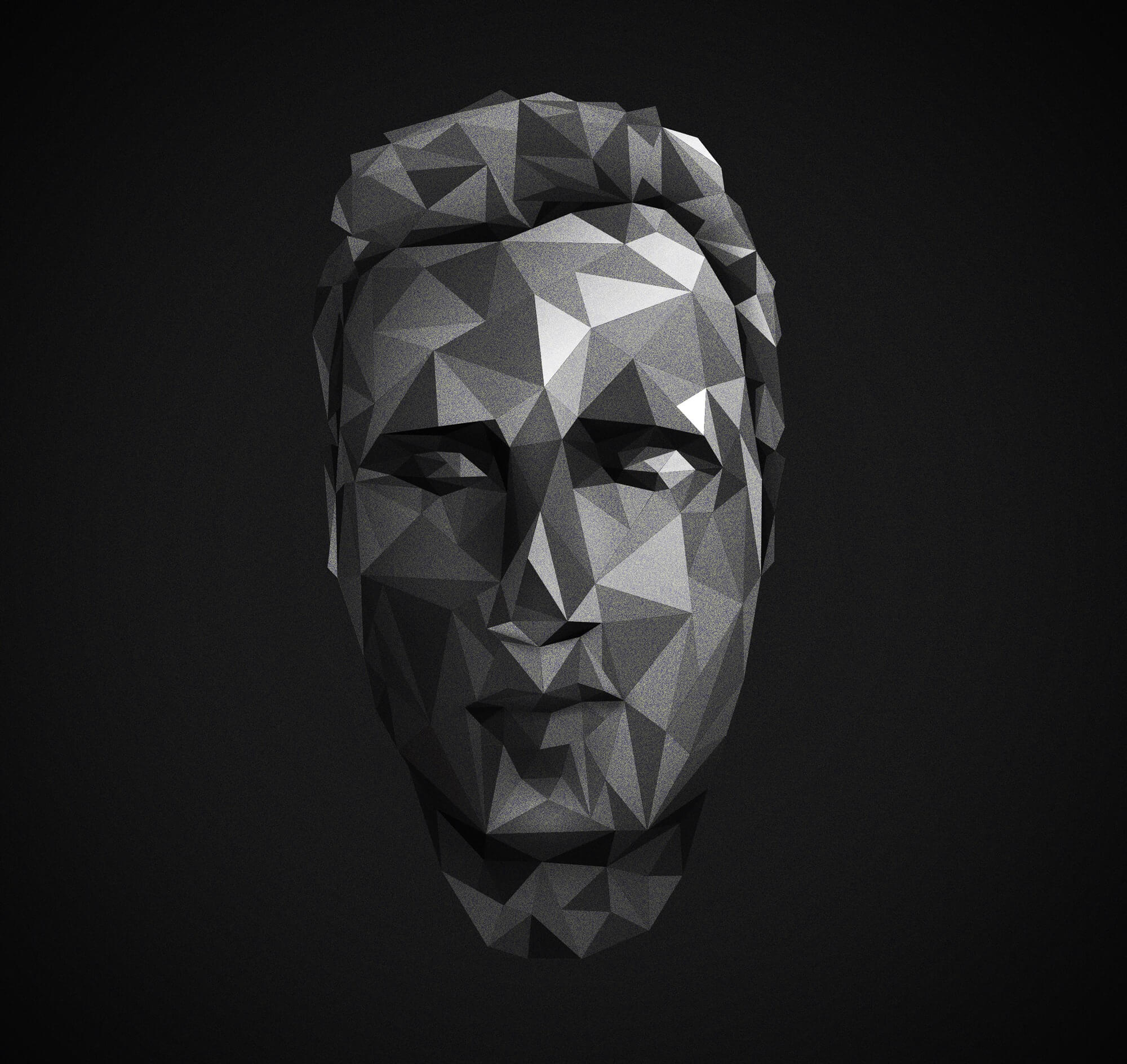How to Use Images to Improve Conversion Rate
Are you searching far and wide for a way to improve your new e-Commerce website conversion rate? Are you willing to try anything and everything, as long as it generates positive results? While many people focus on the most obvious points, such as the layout and content, there is a detail you may be overlooking: the use of images.
There are many benefits of using images, but only if you do this the right way. Your goals, as far as image use is concerned, should be two-fold:
- To improve the overall look and feel of your website
- To improve the conversion rate
Content may be king, but it can also be boring if that is all you see. When you add an image to a page, especially one that is attractive, reader engagement will improve, thus increasing the chance of a conversion.
Five Tips to Follow
At this point, you should have a basic understanding of why you should use images and what you are trying to accomplish. Now, let's take a strong look at five tips for using images to improve conversion rate:
1. Play into Your Target Customer's Emotions
For example, if you are selling a weight loss product, show before and after images of satisfied clients. This type of visual effect will get visitors excited. After all, they want to reach the same goal (losing weight) as those before them.
This may sound simple, and there is a reason for this: it is!
2. Unique is Always Better
Let's face it: in today's day and age, it is easy enough to search the internet for stock photos. It won't take long to find a few that fit your website.
The problem with this is simple: stock photos look like stock photos. For this reason, your website may begin to feel "too commercial," which can put people off.
This is particularly true as far as online stores are concerned. There is no better example of this than the Red Dress Boutique. Rather than using the same old boring images, time and time again, the company hires models to show off each and every piece in its store. This guarantees that each image is 100 percent unique.
3. Add Text to the Image
Sometimes, "a picture is worth a thousand words." Other times, however, it is beneficial to add a caption. This can lead to a higher conversion rate for many reasons:
- Attracts the visitor to the image
- Keeps readers on the site longer (which is a key to a higher conversion rate)
- Gives you another outlet for getting your point across
It doesn't take much expertise to add text to images. There is software, as well as online programs, such as Spruce, that make this simple.
4. Experiment with Testimonials
Why do so many companies spend millions upon millions of dollars on commercials? Why do they spend a boatload on models and actors? Here's the answer: people are always looking for another opinion. They want to be validated in some way, shape, or form.
If your website does not yet have pictures of happy customers, now is the time to add them. But don't stop there. Make sure you throw in a testimonial as well. Add a few images with strong selling testimonials and there is a good chance your conversion rate will improve.
5. Test Each and Every Change
No matter how insignificant it may appear.
The four tips above are meant to point you in the right direction. When you implement one or more of these ideas, you are taking a step forward in increasing your conversion rate.
While the above tips have been proven successful, it doesn't mean you should sit back and assume they are working.
Before you make a change, analyze your data to ensure you have a solid grasp on where things stand. After the change, continue to analyze your conversion rate for an extended period of time. Don't jump the gun if you don't experience great results right away. Give each change ample time to prove itself.
Note: don't make more than one change at a time, as this makes it impossible to track the results.
Final Thoughts
It is easy to get so caught up in design and content related details that you overlook the impact of images on your conversion rate.
Don't look at this as a tedious task. Look at it as a fun way of improving your site. Take cool pictures on your own. Learn how to create screenshots from videos. Once the results begin to roll in, you will realize just how important images are to your site's conversion rate.

About Catalin Zorzini
Catalin Zorzini is the founder of Inspired Magazine web design blog and Shoppies. He likes hot soup and hot jazz.




